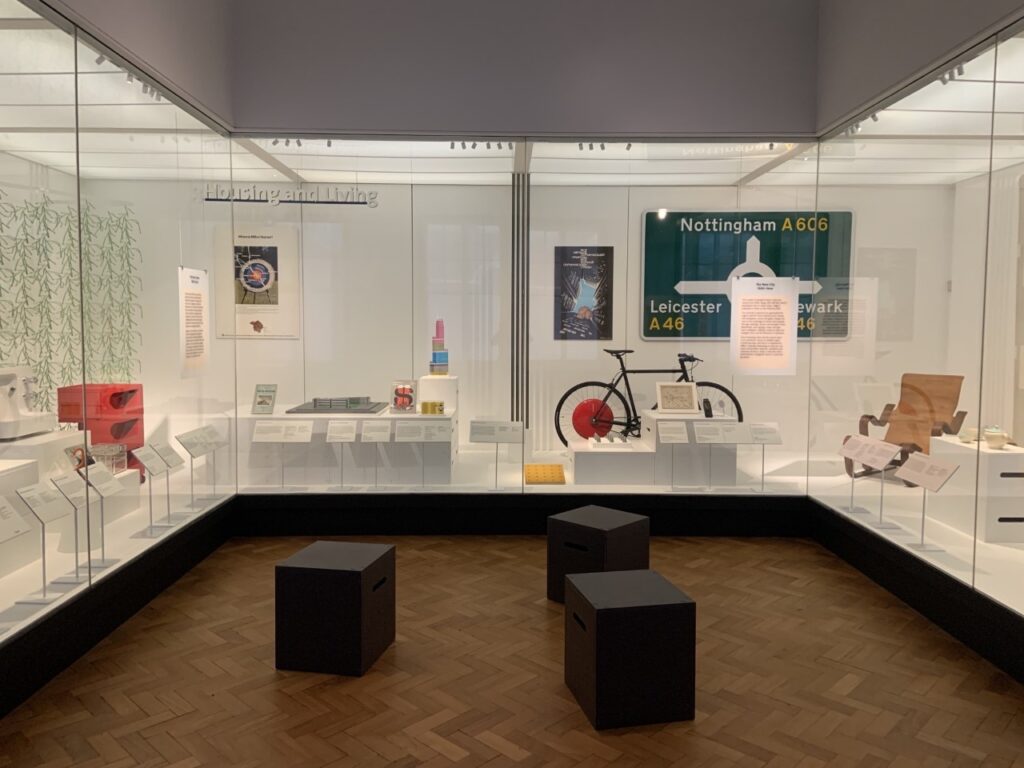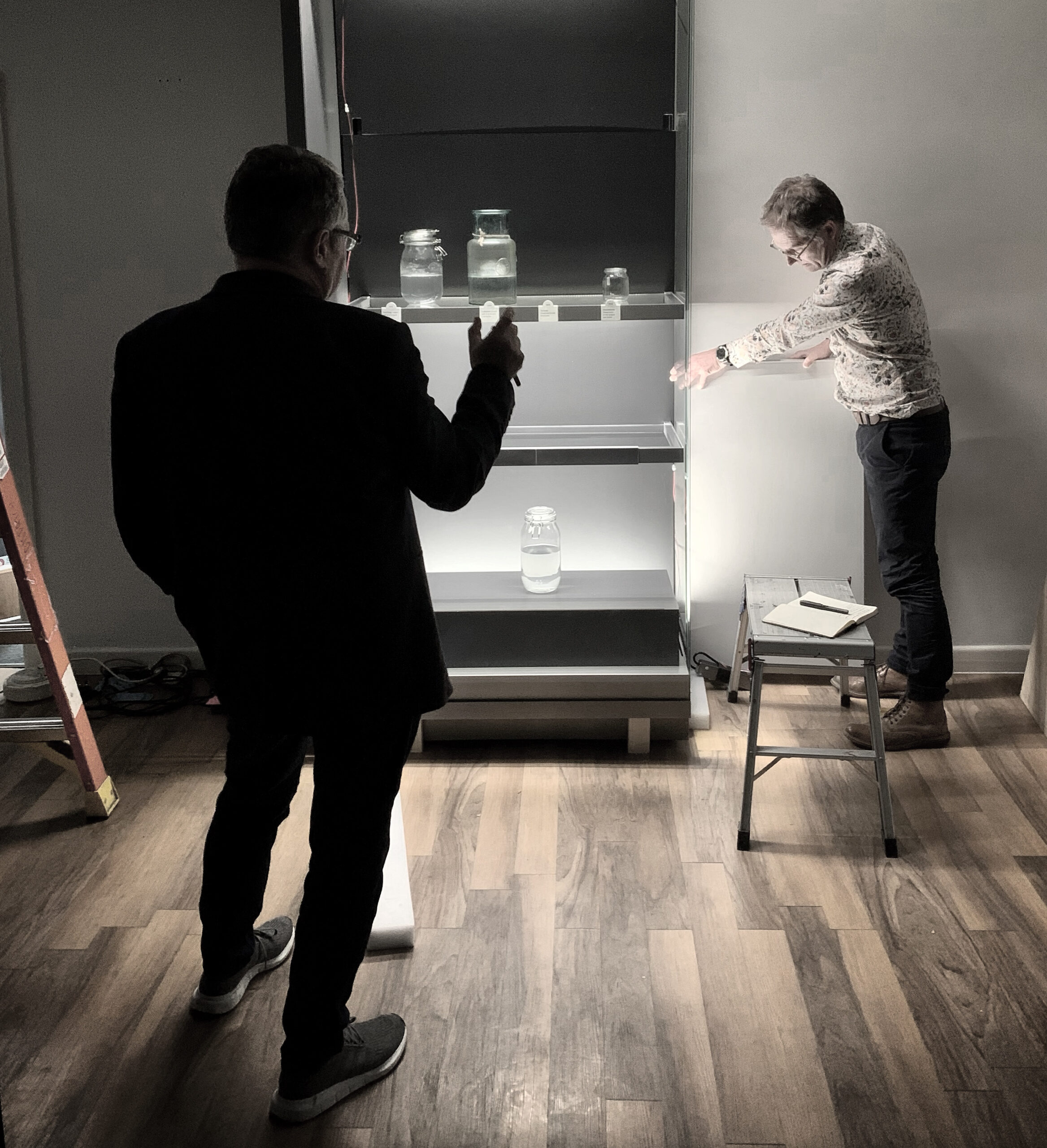A perfect example of how lighting can add enormous value to a gallery project can be seen at our recent work on the V&A Museum’s series of three linked gallery spaces that form the Design 1900 – Now collection. The galleries have recently been refurbished to great effect & the process was recently featured in the BBC2/Blast series, Secrets of the Museum.
Project designer, David Robertson, worked with the V&A’s lead curators, Corinna Gardner & Johanna Agerman Ross to re-light and refresh the spaces, originally designed in the 1980s. The challenge was to retain all of the cases and setworks, which featured a lighting system so dated – relying mainly on halogen sources – that it could easily have featured as one of the gallery’s exhibits. An initial attempt had been made to replace some of the halogen with retrofit LED lamps, but the results were inconsistent: the lighting, from simple overhead lightboxes, was bland and in many cases had failed, leading to a patchy and dull appearance.

The first part of the refurbishment was to understand what the museum needed: a flexible system that could light large objects, down to tiny pieces, creating modelling on the three-dimensional pieces, but equally able to light large flat pieces, such as signage and wallpaper samples.
DHA proposed the existing egg-crate louvred light boxes were upgraded with a high-quality LED behind a diffusing acrylic for a fresher, more contemporary feel. The LED sources were chosen for their colour performance and quality; dimming was introduced so that light levels could be varied from bay to bay to suit the background level of illumination required. A series of mock-ups showed that an ambient light at 4000K worked extremely well with the daylight available in the galleries, and avoided the ‘yellowing’ appearance that a warmer LED source might have introduced.
By contrast, and to create the modelling on objects, a miniature track system was introduced at the front of the case using 3000K warm white sources, as concealed as possible while working within the constraints of the original case framing. This system can carry a number of re-configurable LED spotlights that can have their colour and beam adjusted to suit the objects, and is fully individually dimmable. This approach suits a series of displays where many of the objects can only be illuminated to 50 lux to protect their delicate materials. The spotlights also allow the museum to re-configure displays to suit their Rapid Response collection: displaying and rotating objects as they are acquired.
The final step was to commission the cases: DHA’s experience with dealing with a full range of objects means that we can balance the required light levels into a cohesive visual composition, making each object have its own weight and significance while maintaining the correct light levels. The results speak for themselves.

The cases are again fit for purpose in a museum of art and design: objects and graphics can be clearly seen in a good quality of light with the correct colour rendering; the system is fully adjustable to suit the changing displays, and the control is logical and simple to operate. This is a great example of how good lighting can aid in museum sustainability: old cases need not be discarded, they can be refreshed and made suitable for the demands of C21st display, while reducing energy costs and maintenance demands at the same time.
